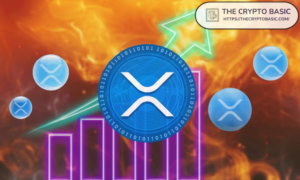When a transaction is mined, smart contracts can emit events and write logs to the blockchain which the frontend can then process.
What Are Event Triggers?
In standard circumstances when a user wants to call a smart contract, they need to manually sign a transaction and interact with the blockchain. This is where automation can come into play to simplify things for users.
Event-driven automation uses specific triggers to kick-off processes without manual intervention. Once an event is identified, an automation tool can then trigger a predefined process or workflow of smart contracts.
This can be extremely beneficial for users in streamlining experience, such as:
1. For blockchains like Ethereum which are notorious for high gas fees and slowed transaction speeds; when the network is clogged from high usage, a trigger can be set for automated notifications to users when the threshold for fees are reached, saving time.
2. For trading, notification triggers can be set when respective token prices reach a designated level, making the action of taking profits or mitigating losses fuss-free.
3. In the area of security, designated wallet addresses can be tracked, with notifications being sent from triggers for suspicious activities, such as large transfers of assets.
Author: Marco De Rossi, President & Cofounder
HAL is a Web3 data infrastructure tool, allowing developers, protocols and companies to track, monitor and trigger data via simple APIs and push notifications. Their mission is to democratize and simplify access to blockchain infrastructure, bridging decentralized and centralized technologies.




